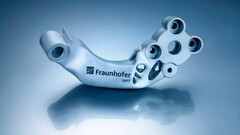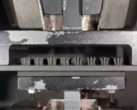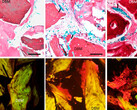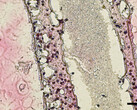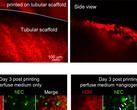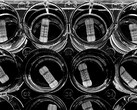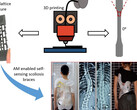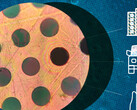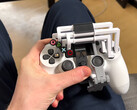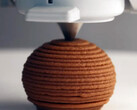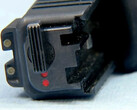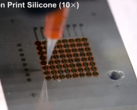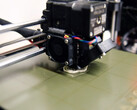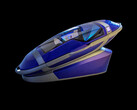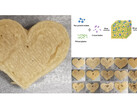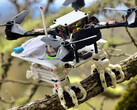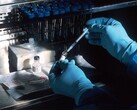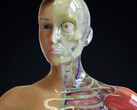In what could be a harbinger of things to come in the resource-heavy car manufacturing industry, a metal car part has been created using a 3D-printing method that made it much cheaper than the traditional milling process. Researchers from the Fraunhofer Institute - you know, the one that gave us the first 3D-printed prosthetic eye to be installed in patients' sockets - have managed to print a car door hinge that came out to be 50% cheaper and 35% lighter than its milled equivalent.
To achieve these breathtaking advantages, the Fraunhofer researchers used their own 3D Spark software - an AI-driven parts database analysis tool - to identify the most suitable for 3D-printing with the so-called additive manufacturing (AM) parts. So far, 3D-printing of car components has usually been done when something needs to be tailored to a driver's individual body or style, or in very limited amounts for racing and supercars. The use of 3D-printing is limited to extremely low-volume car parts mainly on account of the costs compared with the traditional mass manufacturing methods.
Fraunhofer's analytical approach, however, first identified a part suitable for additive manufacturing, then tried to optimize the cost structure at each step, starting with the part orientation hence the needed support structures:
In the next step, the structure of the hinge arm was optimized in a targeted manner, using one of the benefits of additive manufacturing in that it enables completely new component geometries. This gave the component a basic shape that only contained material where the simulated force flow required it. In total, this reduced the weight of the door hinge arm by 35%. And because of the reduced material requirements and the shorter print time, the costs compared to 3D printing without structural optimization dropped by another 20%.
Any support structure that does not have to be removed saves time and thus avoids part of the significant costs incurred in the highly manual post-processing phase. Reducing the number of support structures in the design also has a positive effect on production time and material requirements, which cuts costs again by 10%. Skilful selection of the optimum metal powder material from the increasingly broad portfolio of 3D printable materials makes it possible to lower costs by another 10%.
Adjusting the AM process parameters provides additional ways to reduce costs. For example, higher layer thickness during printing, optimization of process parameters, and deformation of the laser beam profile significantly reduce build time. Even though this results in a slight loss of parts quality, (though still superior to that of cast parts), it enables printing costs to be reduced by a further 15%. Optimizing machine utilization by nesting and, if necessary, stacking in the build area, leads to further cost savings of 10%.
All in all, the step-by-step cost optimization allowed Fraunhofer to 3D-print a metal car part that costs just 20% of what it would have without the additive manufacturing analysis process. "Orientation and topology optimization as well as support optimization contribute 45%," says Fraunhofer, while "optimized material selection, speed parameters and workload maximization in the AM process reduce costs by a further 35%," thus demonstrating that suitable 3D-printed car parts can be produced at just a fifth of the costs involved so far. This made the sports car door hinge not only much lighter and aesthetically pleasing than its milled counterpart, but also a half of its cost, paving the way for much larger car part batches that can be produced via 3D-printing in the future.




